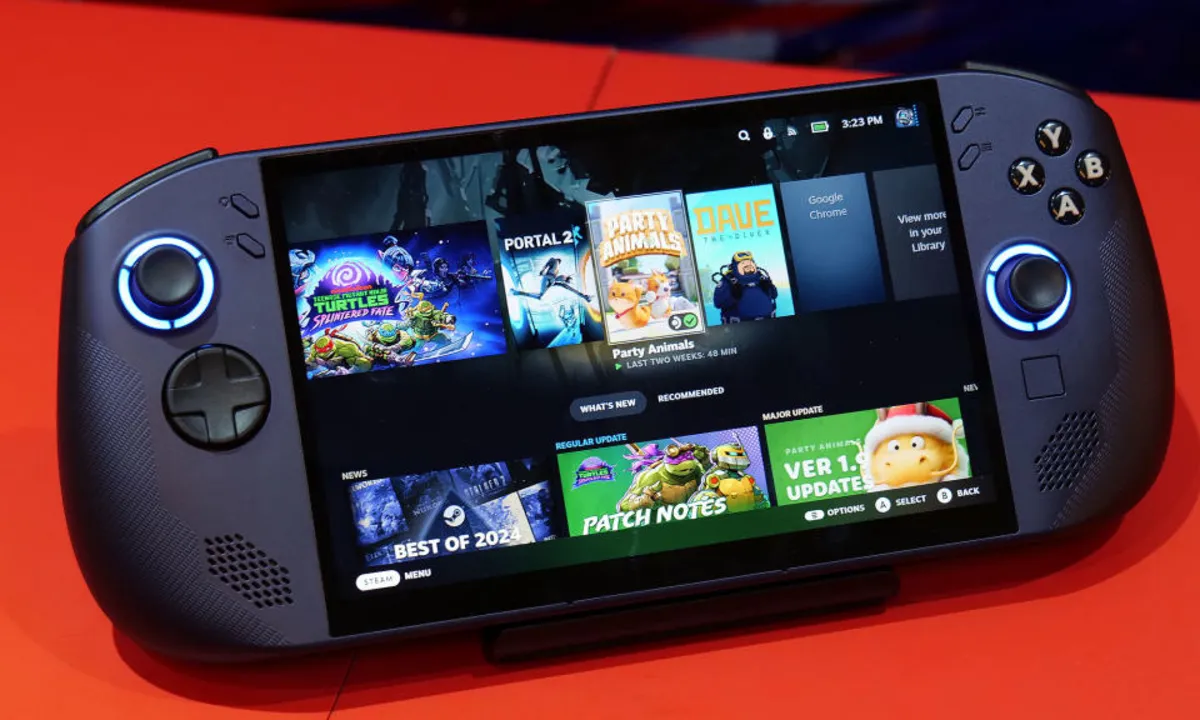
Lenovo has made a significant mark in the gaming industry by becoming the first manufacturer to release handheld devices powered by SteamOS that are not produced by Valve. Exciting news for gamers, the Legion Go S handhelds are set to ship on May 25, as confirmed by a recent listing on Best Buy, which was highlighted by The Verge.
The new Legion Go S comes with a price tag starting at $549.99, which is $50 more than the initial price of $499.99 that Lenovo had promised. This handheld gaming device boasts an impressive 8-inch, 120Hz OLED display, which enhances the visual experience for gamers. In addition to its stunning display, the Legion Go S is equipped with comfortable controls, a fingerprint reader, and a touchpad for easy navigation.
Powering the Legion Go S is the AMD Ryzen Z2 Go chip, complemented by 16GB of RAM, ensuring smooth and efficient gameplay. For those looking for even more power, a version of the handheld is available for $749.99. This upgraded model features the AMD Ryzen Z1 Extreme chip, which initially appeared on the original Legion Go, along with 32GB of RAM.
One of the standout features of the Legion Go S is that it comes pre-loaded with SteamOS. This means that gamers can expect a setup process as straightforward as that of the Steam Deck. The compatibility with Valve's Proton software allows the Legion Go S to play a vast majority of games, making it a versatile option for gamers looking for a handheld device.
Earlier this year, Lenovo launched its first Windows 11 version of the Legion Go S at a price of $730. While this model received mixed reviews due to its high price and limitations posed by Windows, it was still considered solid overall. The prospect of a SteamOS version priced at $500 seemed like a promising alternative, but the recent price hike for the Legion Go S may lead potential buyers to reconsider.
At the current price point, the Legion Go S competes directly with the already popular Steam Deck OLED, which offers an excellent gaming experience at a similar cost. A detailed review will be essential to determine how the SteamOS integration affects the performance of the Legion Go S, whether it features the Ryzen Z2 Go or the more powerful Ryzen Z1 Extreme.
In conclusion, Lenovo's introduction of the Legion Go S handhelds powered by SteamOS marks an exciting development in the gaming landscape. With a variety of options available, including different chipsets and RAM configurations, gamers will be eager to see how these devices stack up against competitors like the Steam Deck. The expansion of SteamOS devices is a positive step for the gaming community, offering more choices for players seeking portable gaming solutions.